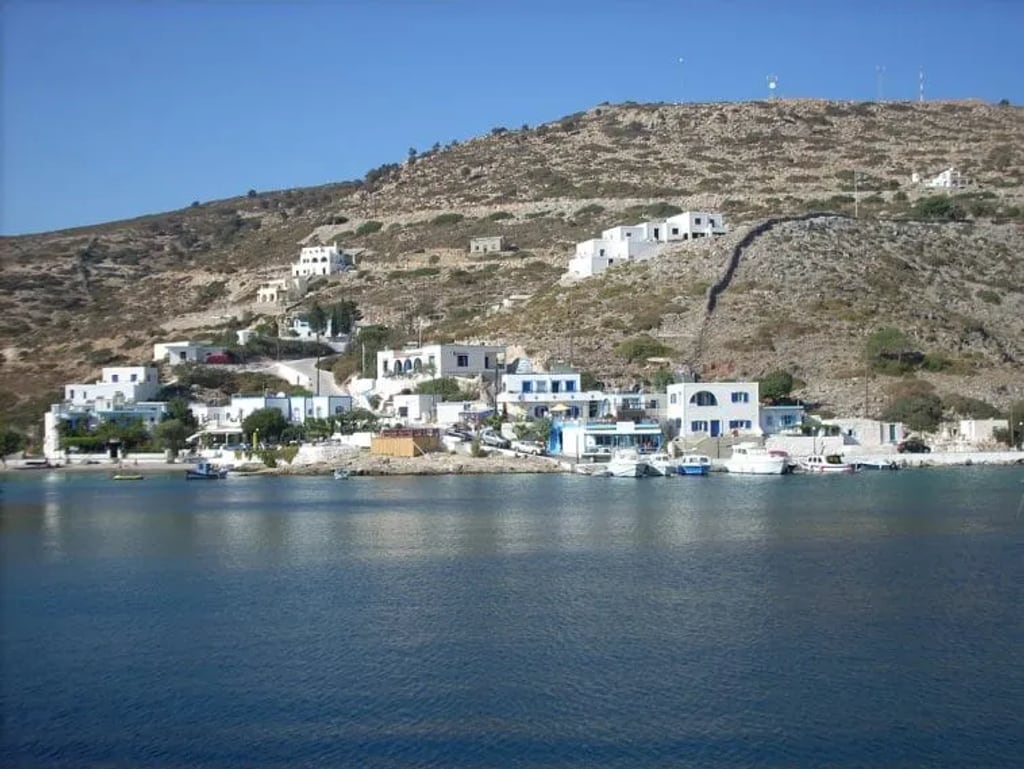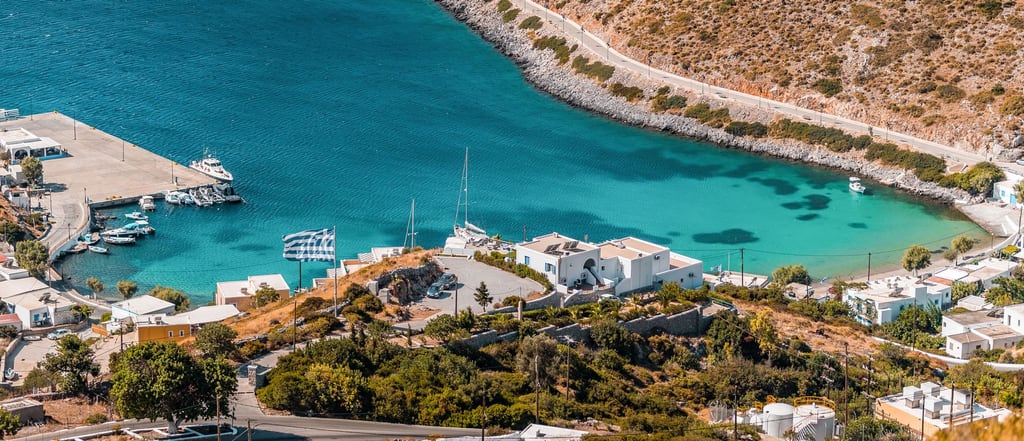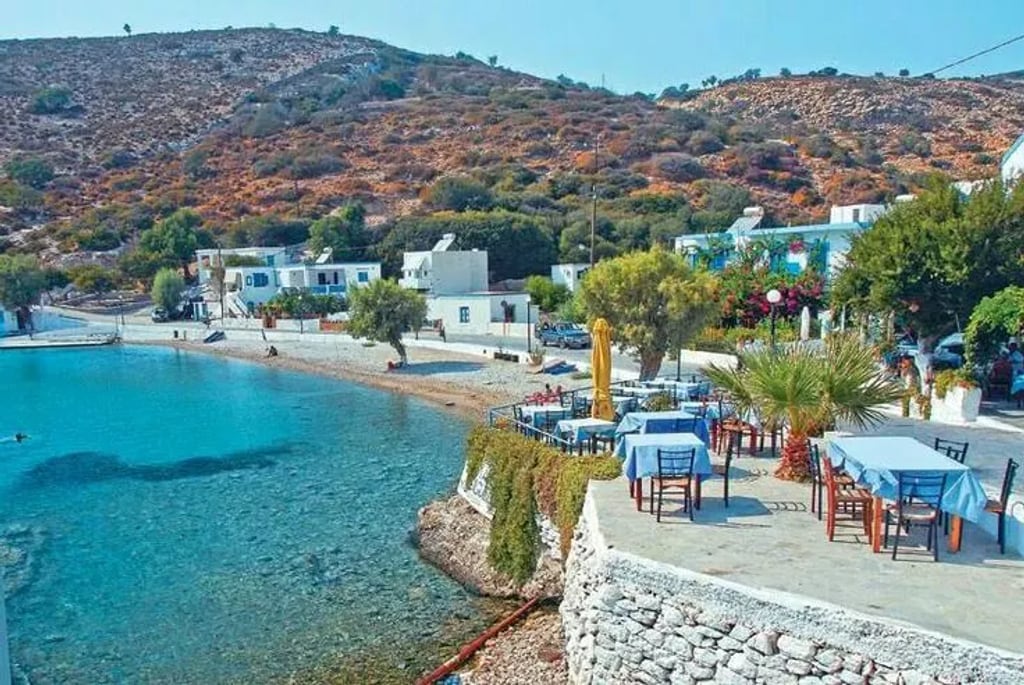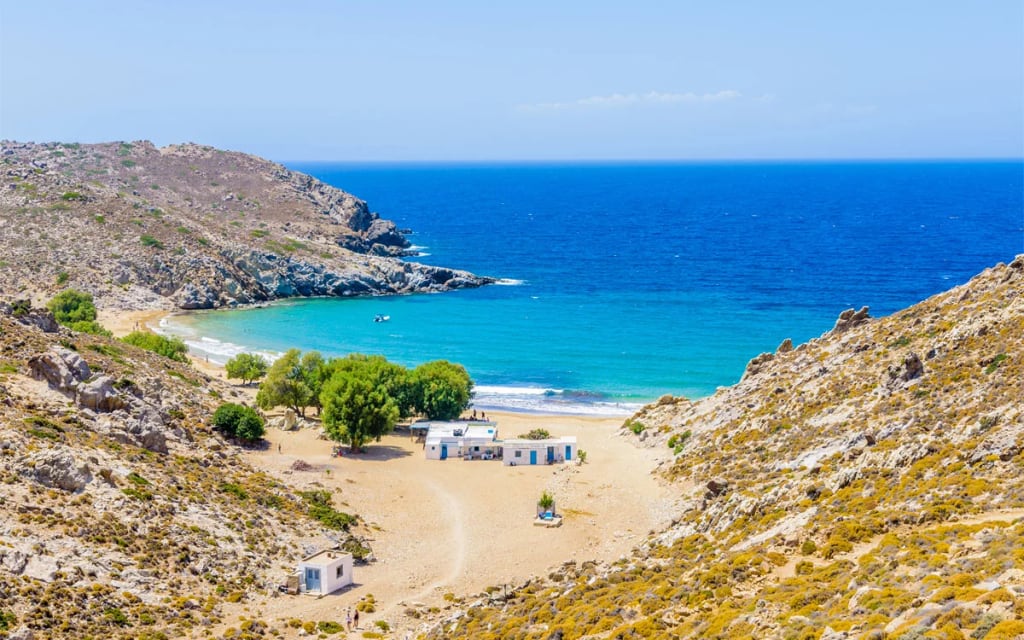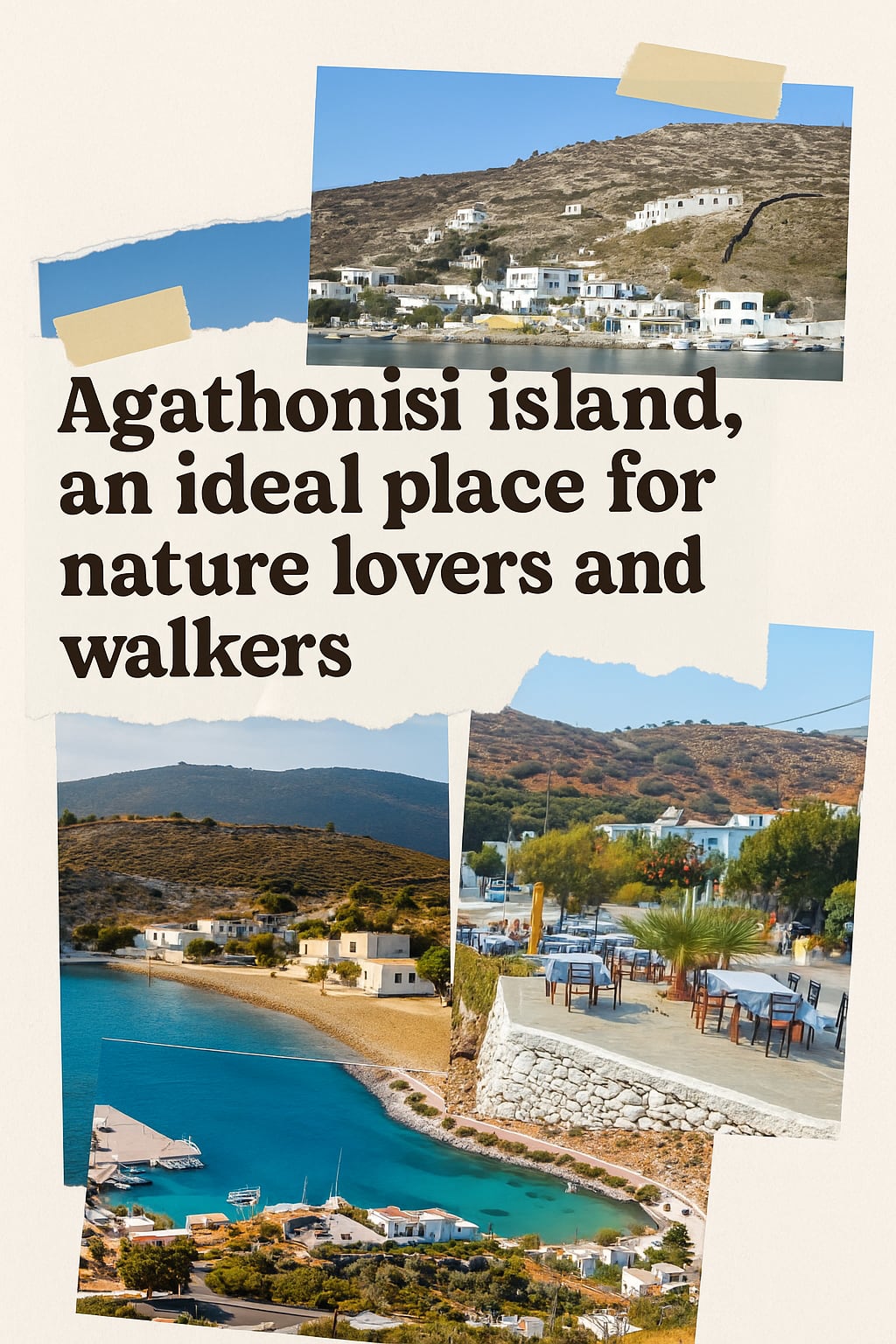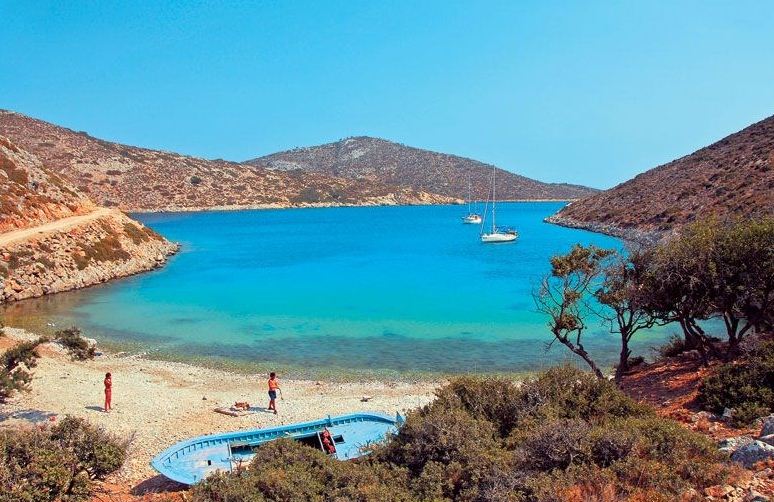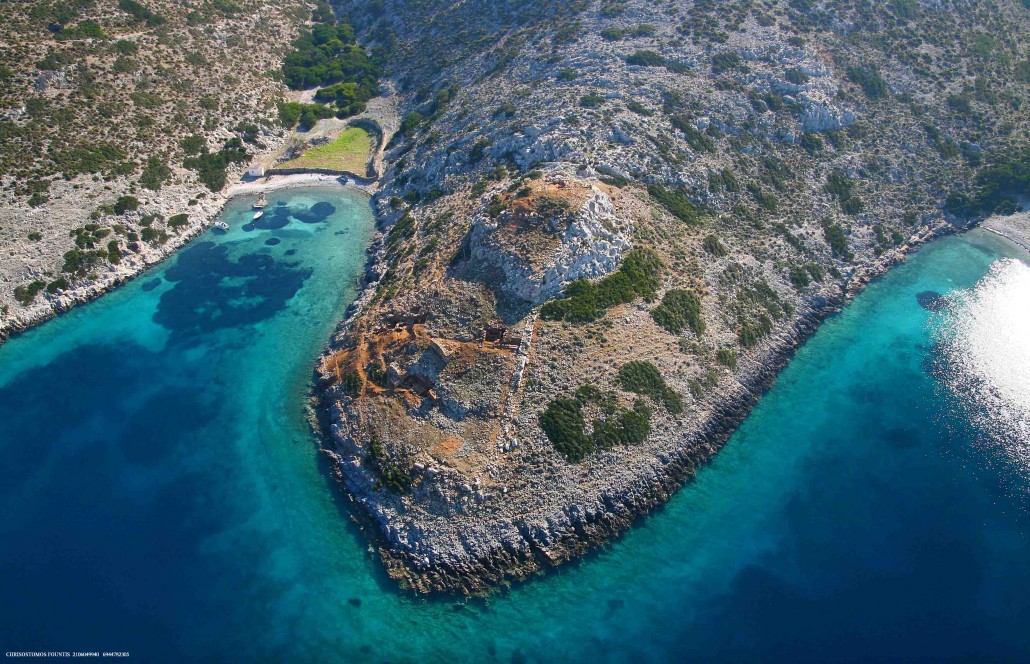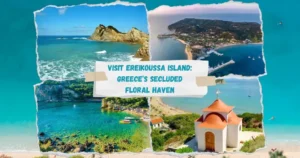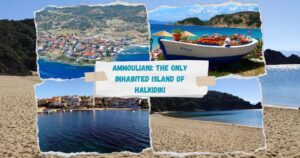Agathonisi island, an ideal place for nature lovers and walkers
Agathonisi is one of those rare places where time feels like it has paused. A tiny Greek island in the northernmost part of the Dodecanese, it often goes unnoticed on tourist maps. But for nature lovers, walkers, and anyone seeking a peaceful retreat far away from crowds, this island is a treasure. With fewer than 200 permanent residents and limited infrastructure, Agathonisi offers authenticity, quietness, and raw natural beauty. If you’ve been craving a real off-the-beaten-path experience, this might just be the perfect escape for you.
A Remote Island with a Warm Soul
Agathonisi is not for everyone—and that’s exactly what makes it so special. It doesn’t have resorts, shopping streets, or loud beach bars. What it does have is serenity, a deep connection with nature, and a small but incredibly welcoming local community. Life here is slow and genuine. You won’t need a car. You won’t hear horns or see streetlights. Instead, you’ll walk—through olive groves, goat paths, and cliffside trails—surrounded by the scent of thyme, the hum of cicadas, and breathtaking Aegean views.
Getting to Agathonisi
You can’t fly directly to Agathonisi. The island is accessible only by boat, which already filters out most casual tourists. Ferries run from Samos and Patmos, both of which are reachable via domestic flights from Athens. From Samos, the ferry ride is about 2 hours. While schedules vary, especially in the off-season, the effort it takes to reach Agathonisi is well worth it. The isolation is part of the magic.
Life in Three Settlements
Agathonisi consists of three small settlements: Agios Georgios (the port), Megalo Chorio, and Mikro Chorio. Agios Georgios is where the ferry arrives, and it’s the most active part of the island with a few tavernas, rooms to rent, and fishing boats bobbing in the water. Megalo Chorio is the largest village, although “large” is a relative term—it’s home to just a few dozen people and traditional whitewashed houses. Mikro Chorio is even smaller and mostly used for agriculture. Walking between these villages is part of the charm and offers a chance to really feel the rhythm of island life.
The Joy of Walking on Agathonisi
Walking is the best way to explore Agathonisi. There are no buses and barely any cars, so you’ll do most of your moving on foot. Luckily, the island is small—just over 13 square kilometers—so distances are never overwhelming. You’ll walk from one village to another in less than an hour, and from the hills, you’ll get panoramic views of nearby islands and the Turkish coastline.
One of the most rewarding walks starts from Agios Georgios and heads uphill to Megalo Chorio. The trail winds through wild herbs, rocky fields, and the occasional herd of goats. The view over the harbor is stunning, especially in the early morning or late afternoon light. Another lovely walk takes you north toward Katholiko Bay, a hidden spot perfect for a quiet swim. The hike is not marked, so ask locals for directions—they’re always happy to help.
Hidden Beaches and Quiet Swimming Spots
Agathonisi isn’t about beach parties, but it does have several natural swimming spots that feel like private coves. You’ll find no umbrellas, no loungers—just clear, turquoise water and smooth pebbles. Spilia, a small cove near Agios Georgios, is ideal for swimming and snorkeling. Poros is another peaceful beach with incredible water clarity. The sea is usually calm, and the seabed is sandy in parts, making it great for relaxed dips. Take your own towel, sunscreen, and water, because facilities are minimal.
Wildlife and Nature All Around
Because Agathonisi is lightly developed, its ecosystem is impressively intact. The island is part of the Natura 2000 protected area, which means it’s home to several rare birds and plant species. Birdwatchers might spot Eleonora’s falcons, herons, or migratory birds depending on the season. The island is also full of aromatic plants like sage, oregano, and wild mint, especially during spring and early summer. Goats outnumber people here, and their bells often echo through the hills—an oddly comforting sound that becomes part of the experience.
Food Fresh from the Sea and Land
The tavernas on Agathonisi may be few, but they serve honest, homemade food that reflects the island’s resources. Most ingredients are local: tomatoes from home gardens, fish caught that morning, cheese made from island goats. Try “astakomakaronada” if you find it—lobster pasta that’s as fresh as it gets. Grilled octopus, fava (yellow split pea puree), and baked eggplant are also common. Meals are unhurried and usually enjoyed outside, with views of the sea and the occasional meow of a stray cat.
Where to Stay on Agathonisi
There are no hotels on Agathonisi in the conventional sense. Instead, you’ll find family-run guesthouses and simple rooms for rent, usually in Agios Georgios or Megalo Chorio. They’re clean, quiet, and basic, offering a bed, a small kitchen, and often a sea view. Expect warm hospitality, homemade raki, and maybe a free ride from the ferry if you call ahead. Booking in advance is smart, especially in July and August when Greek visitors may also seek solitude on the island.
When to Visit for the Best Experience
Spring (April to June) and early autumn (September to October) are the best times to visit. During these months, the weather is warm but not too hot, and the landscape is green and blooming. Summer is beautiful, but hotter and drier, with higher chances of strong winds. Winter is quiet to the point of stillness. Most services shut down, and the ferry becomes more unpredictable, so it’s not ideal unless you’re truly looking to disappear.
Packing Tips and Essentials
Because options on the island are limited, it’s best to come prepared. Bring sturdy walking shoes, a sunhat, and a refillable water bottle. There is one small grocery store, but it has a limited selection, so pack any special snacks or medicine you may need. Cash is essential, as card payments may not be accepted everywhere. Don’t forget your swimsuit and snorkeling gear—the waters around Agathonisi are clear and calm, perfect for exploring underwater life.
Day Trips and Nearby Islands
If you’re staying longer, you can explore nearby islands like Arki and Marathi. These are even smaller and less populated than Agathonisi, reachable by small boats depending on weather and local schedules. Each has its own charm—Arki has ancient ruins and great walking paths, while Marathi offers an even more secluded beach vibe with just a couple of tavernas and a single beach.
Why Agathonisi Is the Island You Didn’t Know You Needed
Agathonisi won’t impress with flashy hotels or nightlife, but it will move you in ways that loud places can’t. It’s the kind of place where you slow down without trying, where you reconnect with yourself and the world around you. Whether you’re sketching in a notebook by the sea, hiking alone on a hilltop, or sharing a simple meal with locals, Agathonisi reminds you that travel can still be about the small, beautiful things. If you love walking, quiet mornings, real food, and untouched nature, don’t wait—Agathonisi is waiting for you.
A dot of land, which defines the borders of Dodecanese and Samos, a small, untouched paradise, with people are honest “good” in the ancient sense of the word, as it represents and the name of the island. Agathonisi is the northernmost island of the Dodecanese islands and is located very close to Samos.
Main features of the island is deep marine partition and many sheltered bays, in a 32 kilometers long coastline.
There are two settlements: the Big and Small Agathonisi with 158 inhabitants (2001 census) which are the namesake community subject to Kalymnos province. The island maintains connectivity with the barren Dodecanesean line or local routes from Leros and Kalymnos and also from Samos. Agathonisi also includes mikro islands Psathonisi, Round, Gull, and Rabbit Day.
The tourism development is very slow, mostly because of the difficulty and high cost of transportation of construction materials. Just in 1980 purchased the island elecric generator. Regular visits are sailing boats and yachts.
The hospitable people engaged in agriculture, animal husbandry and fisheries, live in three settlements: the Grand Village in Little Village and St. George, the picturesque harbor.
For swimming in Agathonisi offered St. George (near the harbor), the Cave and Gaidouraflakos (Gaidourolakkos) southwest of the port, the beach Tsagari (shoemaker), southeast of the harbor and the bay of Poros, in the eastern part of island.
The perfect island for relaxation and slow fife rates. Enjoying swim, sun, fresh fish, and good company with local people.



